Home » Migratory Bird Species » Snipe Hunting » Identifying and Locating Snipe Habitat for Hunting
Identifying and Locating Snipe Habitat for Hunting
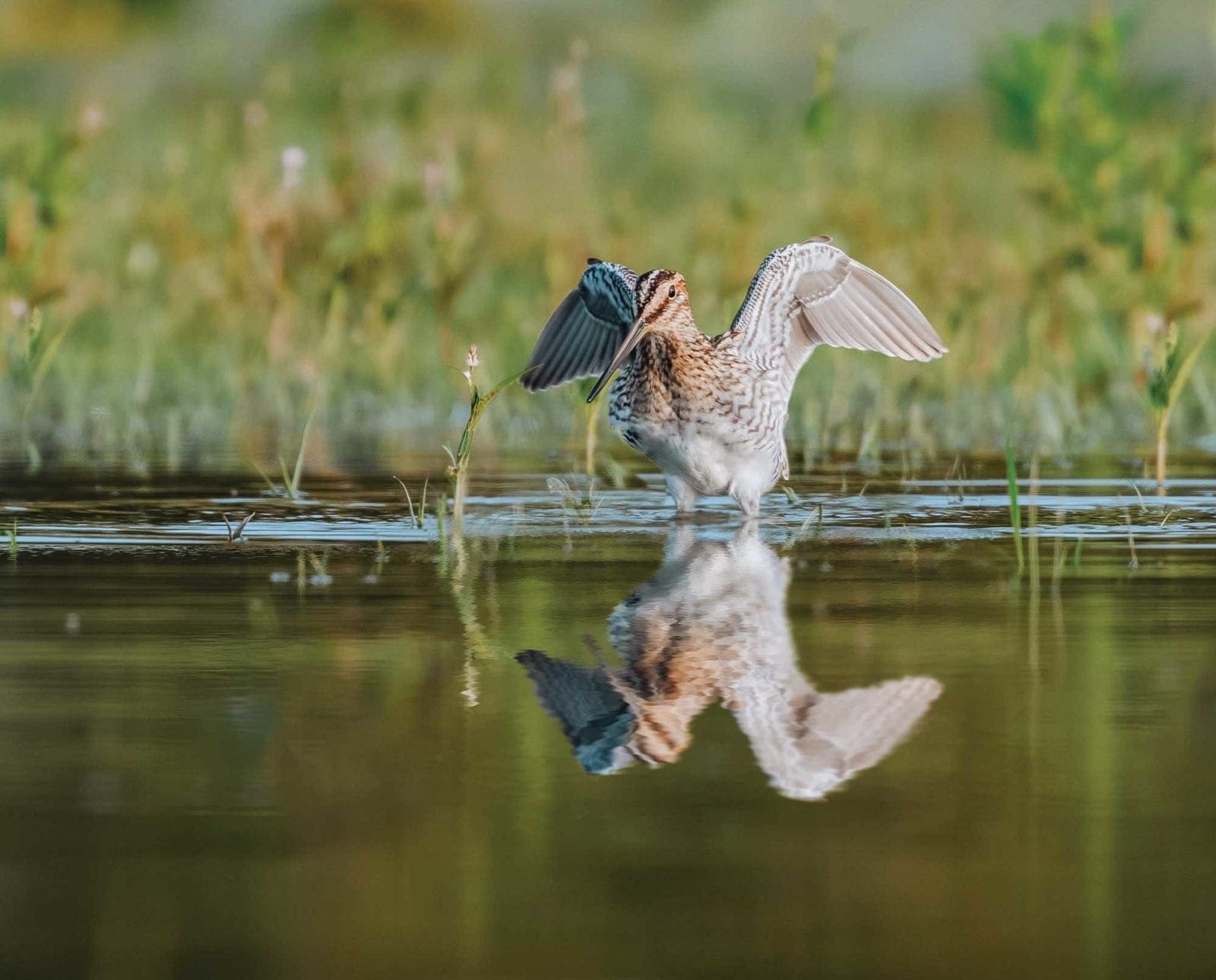
Scott Lindars is the founder of Marshdoodle, the world’s first…
Here is a basic foundation to finding snipe habitat for this bird hunting season
Mention upland bird habitat and more than likely images of thick emerging stands of aspen, endless rows of CRP, or the pinewood flats of a Southern quail plantation come to mind. But wet soggy ground, mud, cow pastures, and river banks? Not if your pursuit is grouse or pheasant, but most certainly if you are looking for snipe. If you are new to snipe hunting or think it’s a childhood prank, the Wilson’s Snipe-Upland Game Bird Profile is a great place to start. Before we dive into locating snipe habitat, let’s start with some fast facts:
- Snipe are a global bird, found across North America, Europe, and Asia
- The Wilson’s snipe (Gallinago delicata) is found in North America
- The Common snipe (Gallinago gallinago) is found in Europe and Asia
- Snipe are migratory birds, reaching as far south as Central America, Africa, and the Middle East
- In the U.S., every state but Hawaii has a snipe season
- The snipe migration typically starts in late September, after the teal migration
Common habitat characteristics
Snipe use their long, thin, and flexible bill to systematically probe the ground for worms, larvae, and invertebrates. This means they have a universal need—moist, soft ground with access to cover for protection. Think marshes, low country, potholes, river and lake edges, drainage ditches, bottomlands, and wet agriculture fields. But it’s more than just a patch of shallow water, mud or exposed shoreline: snipe need the right mix of food and cover from predators while they feed and rest. Dan Roberts, a lead biologist for the Florida Fish and Wildlife Conservation Commission (FWC), says “Look for exposed mud and cover, not just mud.”
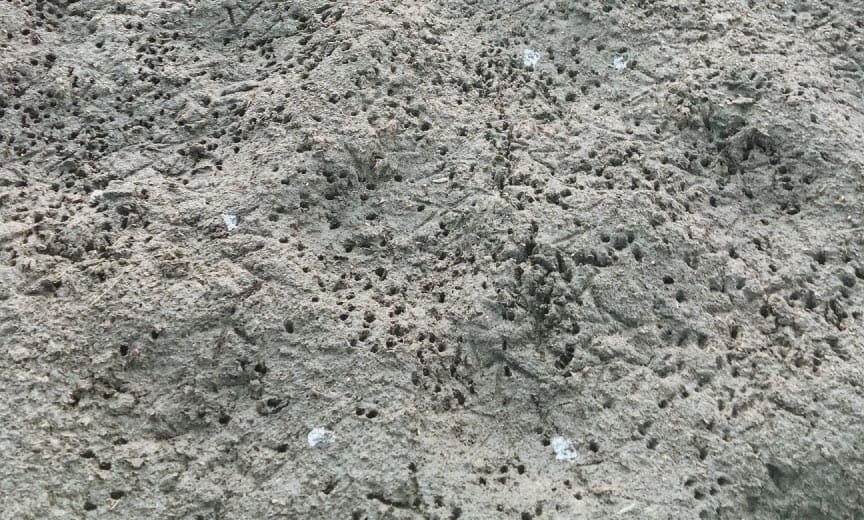
Meadows and bottomlands
This is classic snipe habitat—large, open expanses of seasonally flooded or moist bottomlands. This habitat may be in close proximity to potholes or other large bodies of water. Even if the ground isn’t downright muddy, as long as it’s soft, it can hold birds. As you progress onto higher ground and thicker cover that doesn’t scream snipe, stay on the ready. Snipe will move into these thicker pieces of cover to seek refuge from predators and rest after feeding.
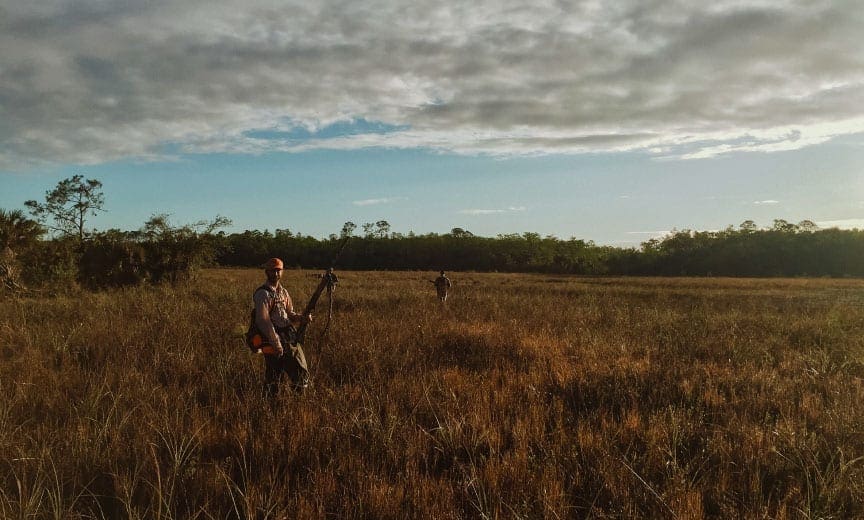
River and lake edges
River and lake edges can be an ideal place to locate snipe. Look for bodies of water that have soft, gently sloping banks with a gradual transition from water to mud to cover. As water levels fluctuate, the banks will be constantly exposing (or eliminating) edge cover, yielding fresh feeding ground. If you have access to a boat, you can cover lots of ground and spot check places throughout the day and the season.
Potholes
Naturally occurring potholes that are seasonally flooded yield excellent snipe habitat. As one pothole dries up the next may come into its prime, giving snipe continually fresh feeding ground and edge cover. If you are able to locate a high concentration of potholes, you can efficiently work through a patchwork of prime hunting ground. Approach each pothole with the wind at your back and work the perimeter—then move on to the next. Don’t be surprised if you bump birds from one to another as you progress through an area.
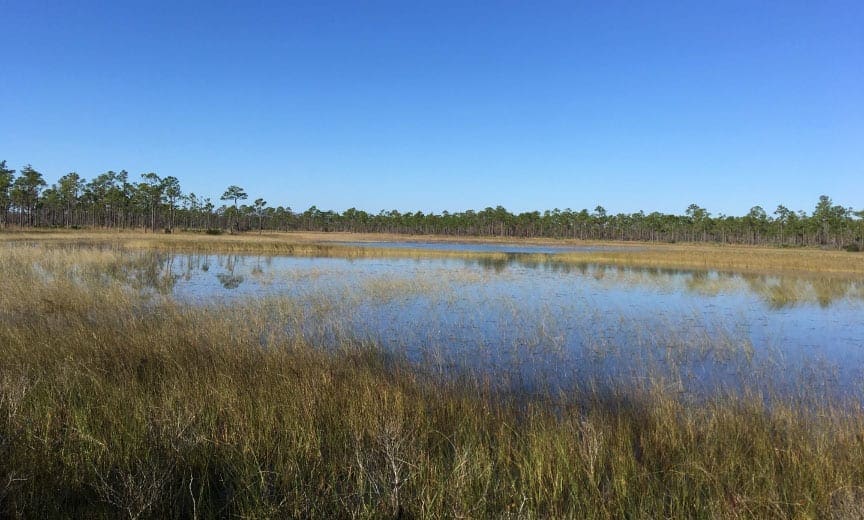
Harvested agriculture fields
After the fall harvest, many Europeans head to rice and other grain fields that use trench irrigation. The moist and exposed ground, along with ample cover and high ground afforded from the waste grain stalks, makes for an ideal habitat. A quick look into snipe hunting in Spain and Italy will quickly shed light on how popular this style of hunting is. While this particular style doesn’t appear to be as popular in the U.S., there is no reason why they would not hold snipe.
Irrigation ditches
Closely related and often found in close proximity to agriculture areas are irrigation ditches. Common in the West and Rocky Mountains but available almost anywhere, hunters can leverage the seemingly endless miles of ditches to their advantage (with permissions on private land of course). Walk the sides and rim of the ditch to flush snipe from the inner and outer edges. It goes without saying: choose your shots so you don’t drop birds on the other side or onto private land that you can’t access for recovery.
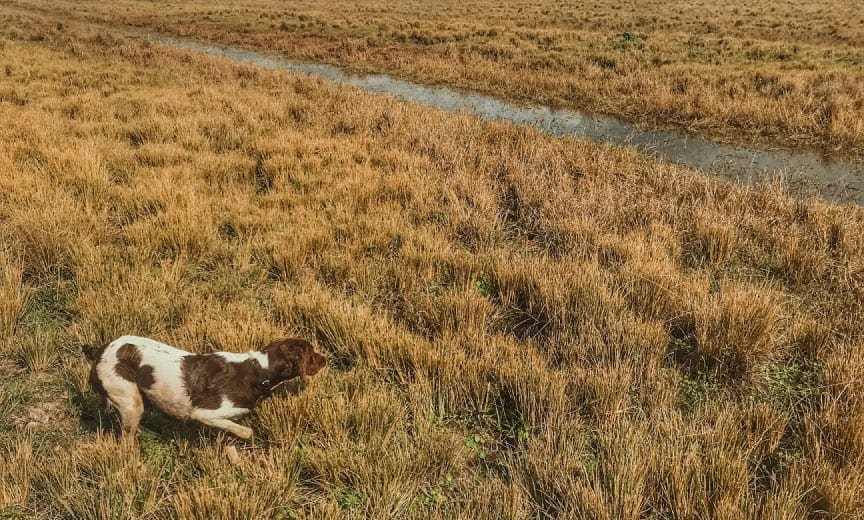
Cow pastures
You might not associate upland hunting with cows, but an active cow pasture can churn up some excellent habitat. Cows make dung and mud, a prime combination for snipe habitat. Look for cow pastures with naturally occurring watering holes, potholes, and low areas that are seasonally flooded with gently sloping edges. On more arid ground, watering stations can also produce. Gaining access to cow pastures can often be obtained on public lands that have grazing leases or of course private land with permissions.
Next steps
Now that you have an understanding of the types of cover that can hold snipe, start planning a day to the lowlands this fall. Most seasons will open early September and offer plenty of wingshooting practice before more traditional upland pursuits.
Scott Lindars is the founder of Marshdoodle, the world’s first lifestyle brand and social community dedicated to the passion and pursuit of hunting Snipe. Marshdoodle was born to give Snipe hunters their own rallying cry and celebrate a premier, but lesser known upland game bird. The full story behind the name is told on marshdoodle.com. Scott hunts over an American Brittany and trains with the NAVHDA Palmetto Chapter. Scott and his family live in South Florida, with central access to Florida’s amazing public lands, the Everglades, Lake Okeechobee, and surrounded by the salt life.



